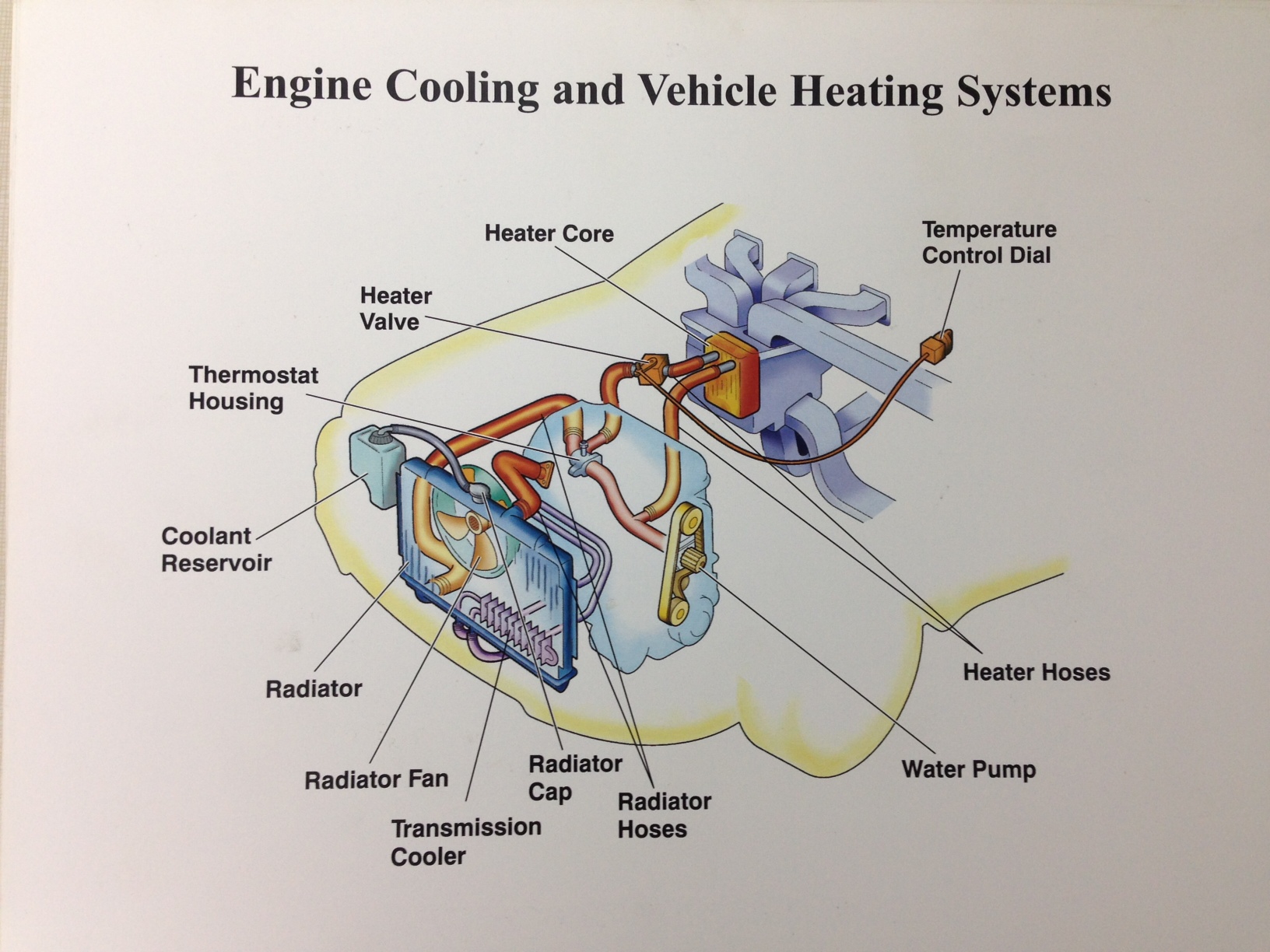 Posted at CarCare.org here…
Posted at CarCare.org here…
With the hot summer temperatures on the rise, knowing the symptoms of a sick cooling system are critical to your summer driving plans, since cooling system failure is a leading cause of vehicle breakdowns. The most noticeable symptoms are overheating, leaks, a sweet smell of antifreeze and repeatedly needing to add coolant, according to the Car Care Council.
Coolant reservoir and level indicator- image“Neglecting your cooling system can result in serious damage and even complete engine failure, which would put a sudden end to your summer road trip,” said Rich White, executive director, Car Care Council. “If the
cooling system doesn’t receive regular maintenance, it’s not a question of whether it will fail, but rather when it will fail. Performing regular checkups of belts, hoses, the water pump and fluids will ensure your car remains properly cooled and healthy for many miles down the road.”
The primary job of the engine’s cooling system is to remove the heat that is generated during the combustion process. The coolant temperature can be well over 200 degrees and that heat has to go somewhere, otherwise engine components are going to start failing. The key parts of the cooling system remove the heat from the engine and automatic transmission and dispel it to the air outside. The water pump circulates coolant through the engine. The coolant absorbs heat and returns it to the radiator where heat is dissipated. The thermostat regulates the coolant temperature to keep it consistent for efficient engine operation.
A major factor that affects the replacement of cooling system parts is the frequency of regular maintenance, such as coolant changes. Motorists should consult their owner’s manual for specific recommendations about how often to change antifreeze and flush the coolant system. A coolant flush and fill is basic to cooling system maintenance as new antifreeze helps the engine run cooler and a flush removes dirt or sediment that could damage other cooling system parts.
Low Coolant
The coolant level should be checked regularly at the reservoir and motorists are reminded to NEVER open a hot radiator cap. If the coolant is low, a 50/50 mix of approved antifreeze and distilled water should be added.
Motorists can also do a visual inspection of hoses, belts and the radiator to help identify cooling system problems before they escalate. Radiator leaks, bulging hoses or frayed and cracked belts are clues that the cooling system is in need of maintenance.
Additional signs of cooling system problems include the vehicle temperature gauge rising near the danger zone, coolant leaks, steam or hissing sounds under the hood or the district smell of an engine that’s running hot.
The Car Care Council’s free personalized schedule and email reminder service is a simple way to help you take better care of your vehicle this summer and throughout the year. It is an easy-to-use resource designed to help you drive smart, save money and make informed decisions.
The Car Care Council is the source of information for the “Be Car Care Aware” consumer education campaign promoting the benefits of regular vehicle care, maintenance and repair to consumers. For a copy of the council’s Car Care Guide or for more information, visit www.carcare.org.

